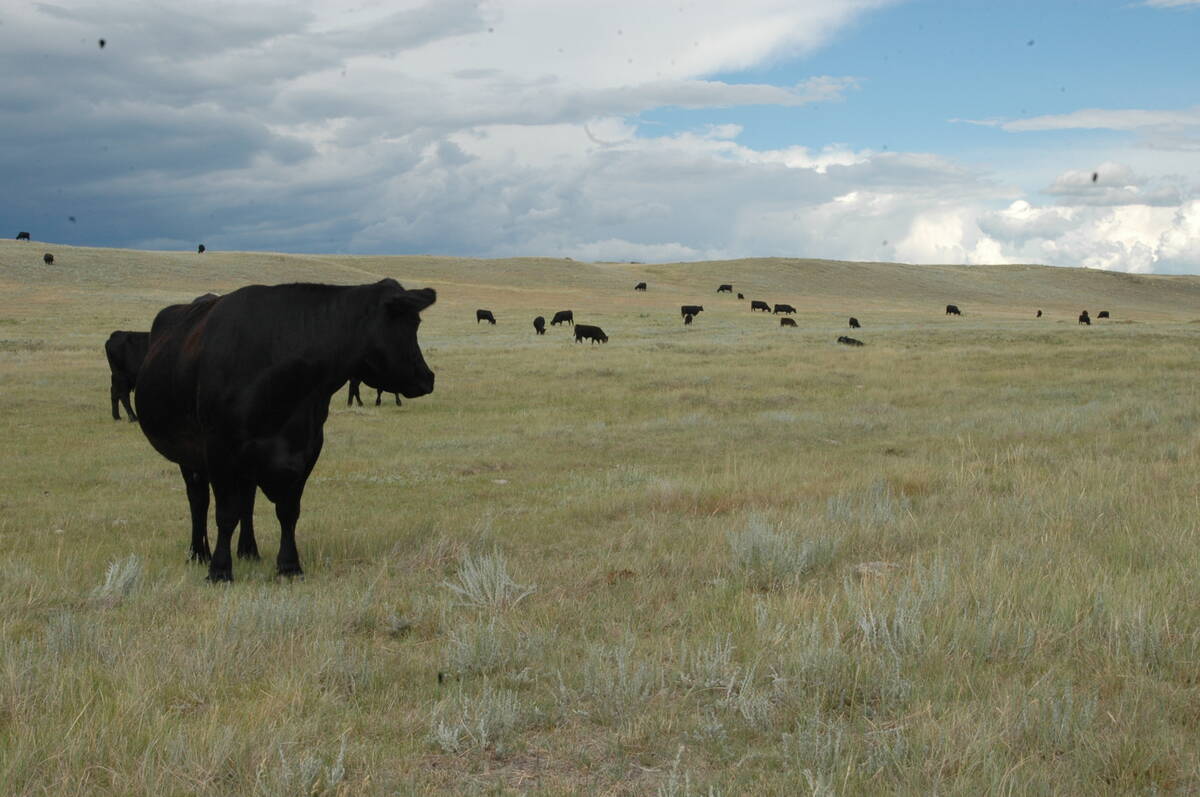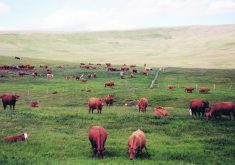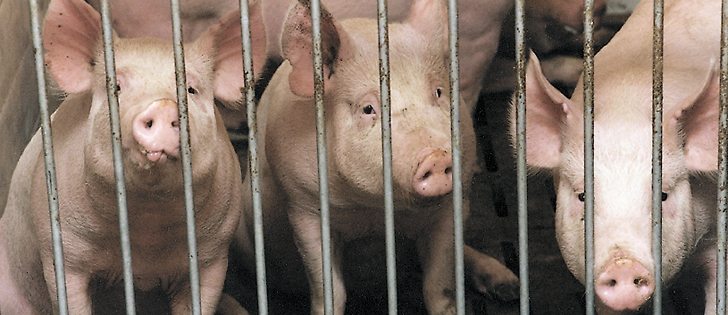Antibiotics for treatment, not prevention | Medically beneficial antibiotics can only be used under advice of a veterinarian
Health Canada plans to phase out the use of antibiotics for growth promotion in livestock.
In a notice issued April 10, the federal department said the move is designed to minimize development of antimicrobial resistance.
In collaboration with the Canadian Animal Health Institute (CAHI), Health Canada said it will implement two key measures:
- removal of growth promotion and/or production claims on medically important antimicrobial drugs used in food animal production
- development of options to strengthen veterinary oversight of antimicrobial use in food animals
Read Also

Saskatchewan Cattle Association struggles with lower marketings
This year’s change in the provincial checkoff has allowed the Saskatchewan Cattle Association to breathe a little easier when it comes to finances.
The transition is expected to take three years, and will align Canada with similar moves in the United States.
Jean Szkotnicki, head of CAHI, which represents manufacturers of pharmaceuticals, feed additives and vaccines, said most pharmaceutical companies are international, so a North American approach is needed.
There is also major red meat trade between Canada and the U.S. and changes may help alleviate consumer concerns about antimicrobial resistance or drug residues in food.
Successful implementation of this policy means medically important antibiotics will be used only in food animals under the direction of a veterinarian when there is a specific disease challenge.
That meshes with a report issued last fall by Dr. David Butler-Jones, Canada’s chief public health officer. In it, he said antibiotics should only be used in animals to treat infection rather than guard against disease or promote growth.
The U.S. Food and Drug Administration made similar moves in December 2013.
Guidance calls for the prudent use of antibiotics in animal agriculture and a gradual phasing out of growth promoting drugs in feed and water over the next three years.
The policy is voluntary but it will have wide ranging implications, said one American veterinarian at the National Institute of Animal Agriculture April held in Omaha April 1-4.
“There are going to be limitations on labelled usage,” said James McKean, an extension veterinarian from Iowa State University.
“We are going to see more prescriptions on traditional over-the-counter medications and on feed and water medications. There are going to be more restrictions on extra label use.”
Preventive use will be limited and there must be evidence that the drug is effective and its use consistent with accepted veterinary practices. It must be linked to a specific agent.
“You have to have a bug to go with the drug,” he said.
“A number of diseases we deal with do not have a bug that is on the label claim.”
Szkotnicki said co-ordination between the two countries will be key to implementation of the new policy.
“The animal health community needs to have an information session to talk about the rules and responsibilities that the different players around the field have with regard to the use of the prudent use of antimicrobials and how we are going to address those responsibilities,” she said.
The proposal could affect 140 products, although ionophores are not included.
“We may lose a couple of products because some of them only have growth promotion claims,” said Szkotnicki.
“I expect many of the products are being used at the therapeutic levels so it will remain to be seen.”
The Beef Cattle Research Council has published research suggesting elimination of antimicrobial use in beef production will have negative health consequences for cattle and no obvious benefit for human health.
Further, it said eliminating antimicrobial growth promotants would substantially reduce the overall use but would not reduce development of resistance to the drugs commonly used in human medicine.
Some commodity groups are already addressing the issue, however.
“Elements of responsible use has always been in our food safety program, but the antibiotic use strategy got going in 2010,” said Steve Leech, national program manager of Chicken Farmers of Canada.
The Canadian poultry industry, which includes broilers, eggs, hatching eggs, turkeys, poultry veterinarians and CAHI developed a plan to control, monitor and reduce the use of antibiotics.
It created a five point strategy to define drug use, review management practices, ensure prudent use, educate stakeholders on antibiotic use and resistance and fund more re-search in alternative products.
The broiler sector also started a producer survey on antimicrobial use. It updated the broiler on-farm food safety assurance program this year, which includes on-farm audits and a statement on antibiotic use that that goes to the processor.
A consumer oriented website about antibiotic use has also been developed and ongoing talks are held with health professionals about chicken production and antibiotic use, said Leech.
Chicken Farmers of Canada is also funding research into alternative care, which include better biosecurity, changed management from the hatchery to the processor, vaccine use and feed additives such as probiotics or essential oils.
“There are a number of products on the market that have proven to be efficacious,” Leech said.
What it comes down to is trying them and finding the product that works on individual farms, he added.
















